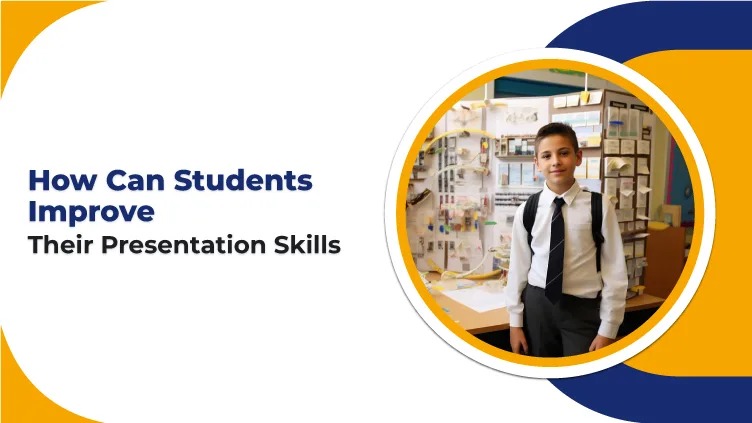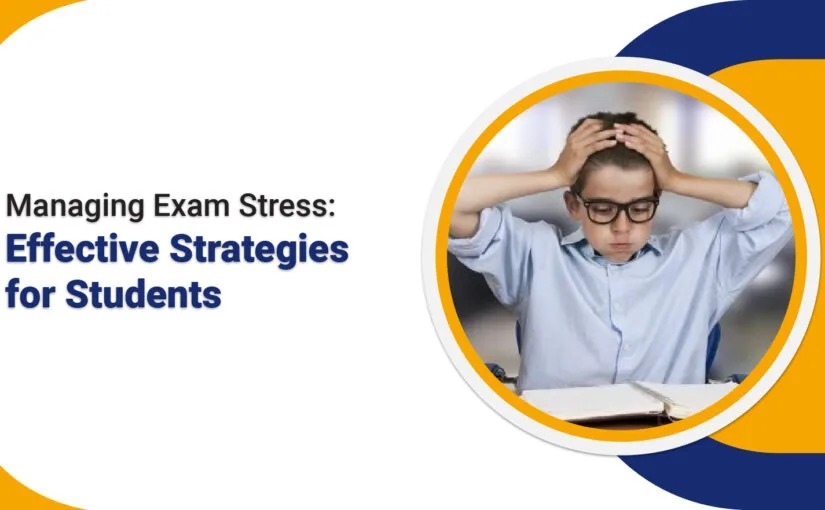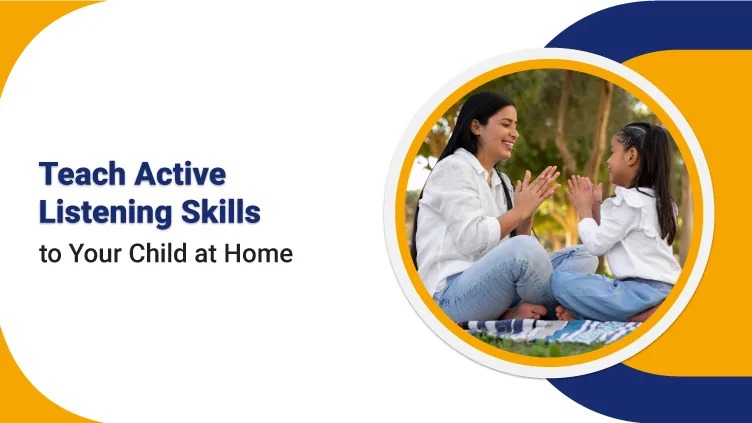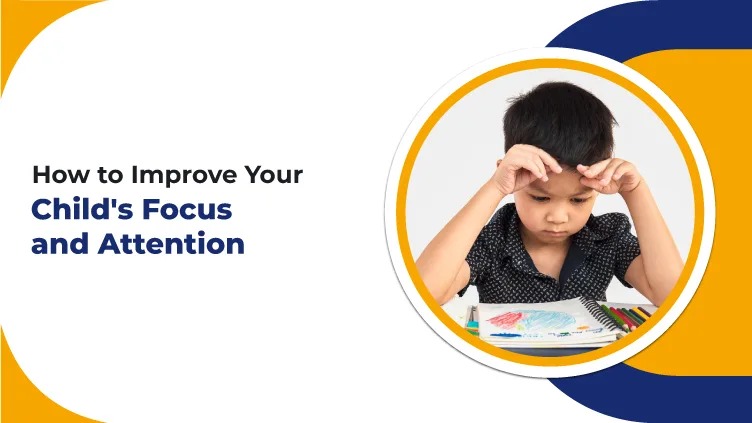How Students Can Improve Their...

In today’s academic environment, strong presentation skills are essential. Whether delivering a seminar, presenting a project, or speaking in front of a class, students need to communicate effectively and confidently. However, for many, the thought of public speaking can be overwhelming. The good news is that with practice and the right techniques, students can overcome their fears, refine their presentation abilities, and become compelling speakers.
This guide covers everything from understanding presentation skills to practical tips for delivering an impactful presentation with confidence.
What Are Presentation Skills?
Presentation skills refer to the ability to effectively convey information to an audience in a structured and engaging manner. Key elements include:
-
Clear Communication – Expressing ideas in a way that is easy to understand.
-
Engaging Delivery – Using tone, enthusiasm, and storytelling to maintain audience interest.
-
Effective Use of Visuals – Enhancing understanding through slides, images, and charts.
-
Confident Body Language – Using gestures, posture, and eye contact to project confidence.
Mastering these skills helps students deliver clear, engaging, and memorable presentations.
Why Are Presentation Skills Important for Students?
Developing strong presentation skills benefits students in multiple ways:
Essential Tips for a Great Presentation
To deliver a successful and impactful presentation, students should focus on the following:
1. Body Language Matters
-
Stand up straight with an open posture.
-
Use natural hand gestures to emphasize key points.
-
Avoid crossing arms or fidgeting, as it can signal nervousness.
2. Maintain Eye Contact
-
Connect with the audience by looking at different individuals rather than focusing on one person or your slides.
-
Eye contact helps maintain engagement and makes your presentation feel more personal.
3. Improve Communication Skills
-
Speak clearly and at a moderate pace.
-
Avoid filler words like “um” and “uh.”
-
Use pauses to emphasize key points.
4. Balance Text and Visuals
-
Use bullet points, images, and graphs to highlight key ideas.
-
Avoid overcrowding slides with excessive text—your audience should focus on you, not just the slides.
Practice Makes Perfect
To improve presentation skills, practice regularly:
Common Mistakes to Avoid
Even a well-prepared presentation can go wrong due to these common errors:
Final Thoughts
Presentation skills are not acquired overnight—they improve with continuous practice and self-confidence. By focusing on clear communication, using visuals effectively, and engaging with the audience, students can enhance their public speaking abilities. Developing these skills will not only help in academics but also provide a strong foundation for future career success.





